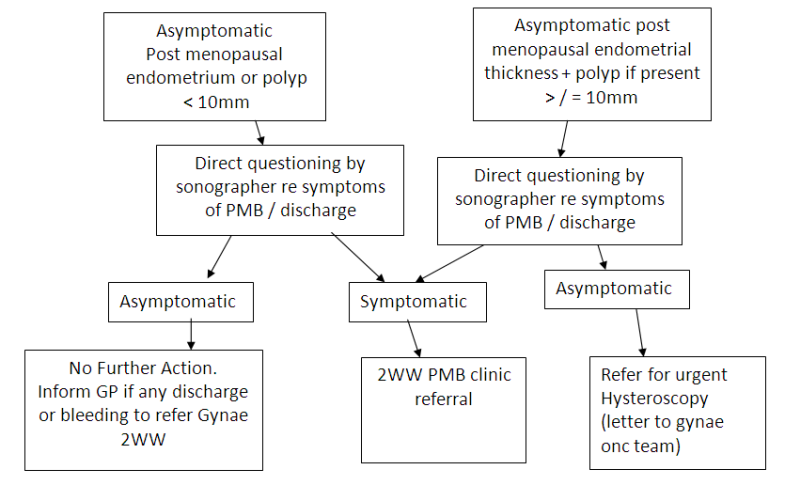Endometrial thickness must be evaluated together with endometrial morphology as well as risk factors for malignancy when considering endometrial sampling.
Thickening of the womb lining after menopause no bleeding.
Endometrial hyperplasia refers to the thickening of the endometrium.
If you re close to reaching menopause but still have occasional vaginal bleeding the average stripe is less than 5 mm thick.
A thickened womb lining endometrial hyperplasia this can be caused by hormone replacement therapy hrt high levels of oestrogen or being overweight and can lead to womb cancer less commonly postmenopausal bleeding is caused by cancer such as ovarian and womb cancer.
If you are truly postmenopausal and not on.
After menopause you may have too much estrogen and too little progesterone.
This condition is benign and in most cases doesn t cause any pain.
Treatment for postmenopausal bleeding.
This is the layer of cells that line the inside of your uterus.
The thickness of the endometrium stabilizes after you reach menopause.
However it can go undetected and.
Endometrial hyperplasia thickening of the uterine lining.
In postmenopausal women the lining of the uterus known as the endometrium or uterine lining should really be no thicker than 4 to 5 millimeters.
Confirmation may be done using endometrial biopsy.
As a result the endometrium gets thicker and can bleed.









